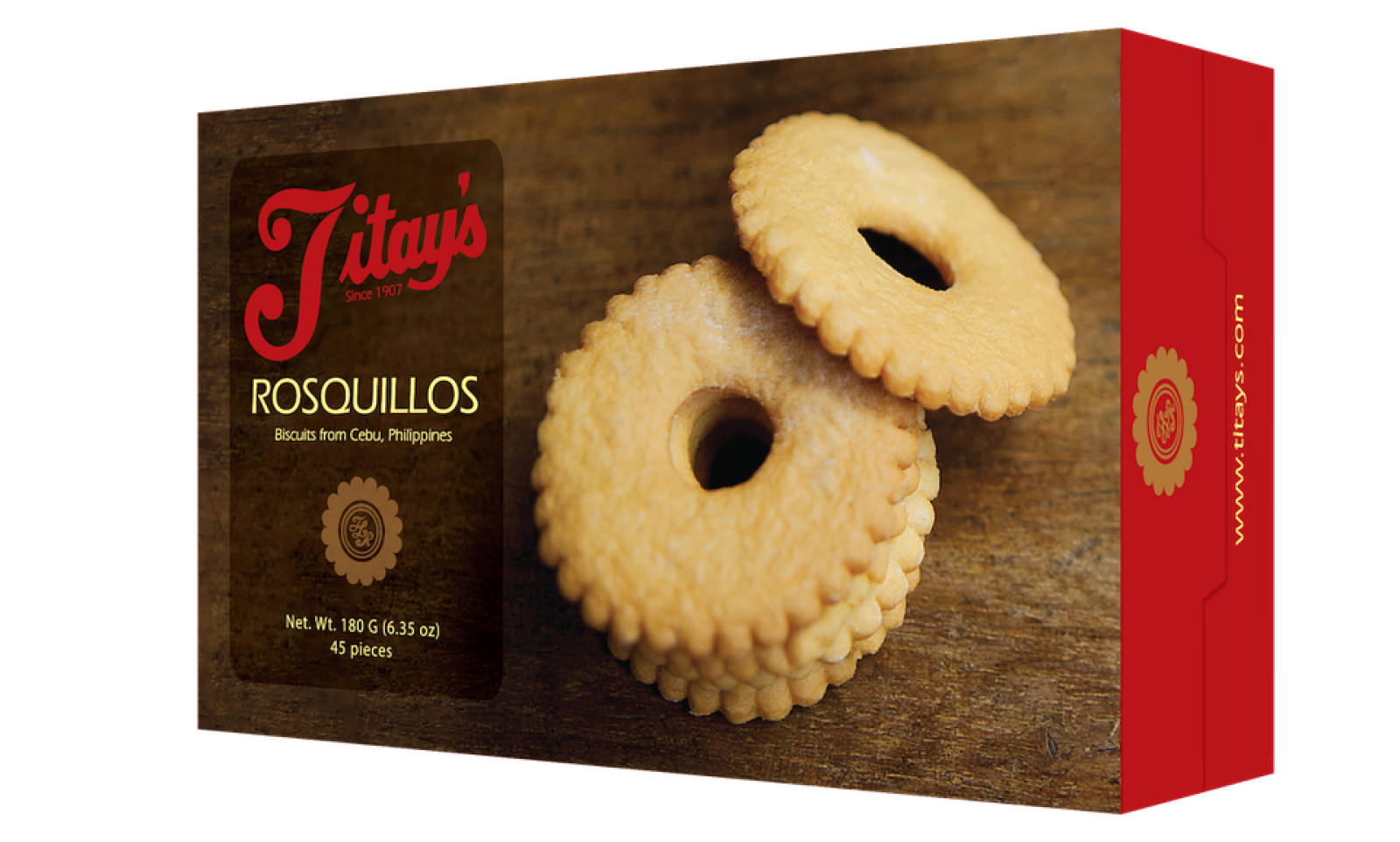How to Make your Brand Stand Out
Being a newbie in any industry is tough, most especially in the cutthroat world of food and bever-ag...

December 09, 2022
Titay’s Time. How the Cebu-based Filipino biscuit company has remained to be a popular pasalubong brand since 1907
It all started in 1907, when a young lady named Margarita Frasco, also known as Titay of Liloan, Cebu, made ring-shaped biscuits in her kitchen. She came up with her secret recipe for these treats using ingredients found at home, including flour, eggs, and shortening. She baked batches of these biscuits in a traditional clay oven or hudnohan. Titay gave a couple as freebies for every bottle of soda bought in her store. Eventually, people clamored for the biscuits, so much so that people from other towns traveled to Liloan, knocked on Titay’s door, and asked to buy some.
Word on the golden nameless biscuits traveled further and eventually reached the provincial governor, said to be future president Sergio Osmeña at the time. Intrigued, the governor dropped by Liloan and met the biscuit’s maker. Asked for its name, Titay could not give any. The governor then wore a biscuit on his finger and thought of calling it after the Spanish word “rosca,” meaning ringlet.
From then on, Titay’s biscuits became known as rosquillos—slightly sweet, crunchy, scallop-edged, and with a distinct hole in the center. Titay focused on making her biscuits and selling them to meet demand, eventually upgrading her small store to occupy a bigger space.
Later on, Titay’s Liloan Rosquillos and Delicacies Inc. was founded and was recognized as the premier company and pioneering producer of the best-quality rosquillos in Cebu. By 1999, Corazon “Mama Azon” Frasco took over managing the business. Under her leadership, Titay’s rosquillos were brought closer to locals as the biscuits became available in malls and supermarkets. Titay’s also expanded its product line to include other biscuits, breads, and pastries.
The third generation of Frascos, led by Gerardo and Panfil, then took over and laid out plans to further grow the business. By 2013, the management was passed to the fourth generation, who has been focusing on strengthening the Titay’s brand not only in Cebu but also throughout the country. Titay’s has even expanded their main branch into a cafe to better serve their client’s needs. They also professionalized the organizational structure, revamped the packaging of products, and streamlined operations to maximize their two-hectare plant in Liloan.
Aside from rosquillos, Titay’s now sells rosquillos corazon, which is much like the original biscuit but with a heart-shaped center. This creamier and richer variety is named after Mama Azon who kept Titay's heritage alive. Titay’s has also pledged to donate a portion of the proceeds from the sales of their rosquillos corazon to their chosen charities. Aside from this, Titay’s also offers the classic otap, flaky hojaldres, anise-flavored galletas del carmen, thin and flat galletas de bato, Spanish-style polvoron, and coconut-filled sinudlan.
But it is still the rosquillos that has become a sought-after Cebu delicacy and has helped put Liloan on the map. The town has even celebrated a Rosquillos Festival since 2008 to honor the biscuit and the heritage brand that brought it to life. More than a hundred years since it was established, Titay’s has since won multiple entrepreneurship and leadership awards, including Outstanding Institution for Pioneering and Sustaining Growth of Trade and Tourism in Cebu (Hall of Famer). Despite all these recognitions, Titay’s continues to make their rosquillos and other treats following the artisanal ways and guarded recipes of its founder.
Check out these food fusions between Filipino and Middle Eastern cuisines
The unending quest for healthy and sustainable food amid changing lifestyles
A quick look at the Philippine food staple often getting a bad health rap